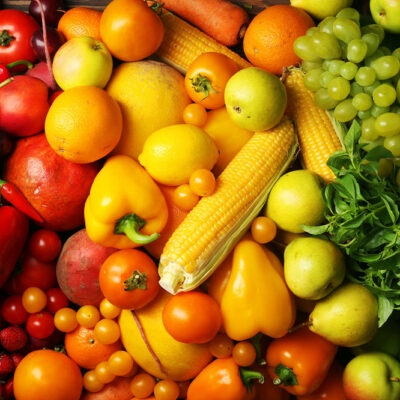
10 foods that help manage the symptoms of skin cancer
Skin cancer is a severe condition that affects thousands of people in the country. While treatments are essential, a holistic approach to managing the disease might also be beneficial. One approach involves incorporating foods that offer potential benefits in alleviating the symptoms of cancer and supporting overall skin health. Here are ten foods and their benefits that may help improve symptoms when an individual integrates them into their regular meal regime. Broccoli Broccoli contains sulforaphane, a potent compound with potential anti-cancer properties. Research suggests that sulforaphane may inhibit the growth of skin cancer cells by promoting their self-destruction and reducing their ability to multiply. Additionally, broccoli is rich in antioxidants like vitamins C and E, which help protect skin cells from oxidative damage that may contribute to skin cancer development. So incorporating broccoli into one’s meal plan may support cancer prevention and boost overall skin health. Blueberries Blueberries are packed with antioxidants, particularly anthocyanins and vitamin C, which potentially benefit those with skin cancer. These antioxidants help combat oxidative stress, reducing cellular damage caused by free radicals, which might contribute to skin cancer. Moreover, blueberries have been associated with anti-inflammatory properties, which may aid in managing skin cancer symptoms. Other berry sources that may help manage skin cancer include raspberries and strawberries.
Read Article 









